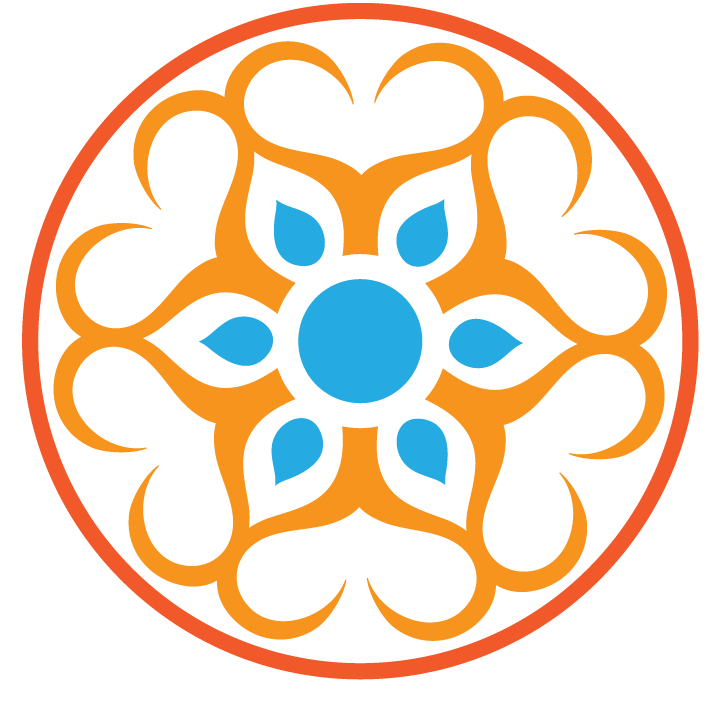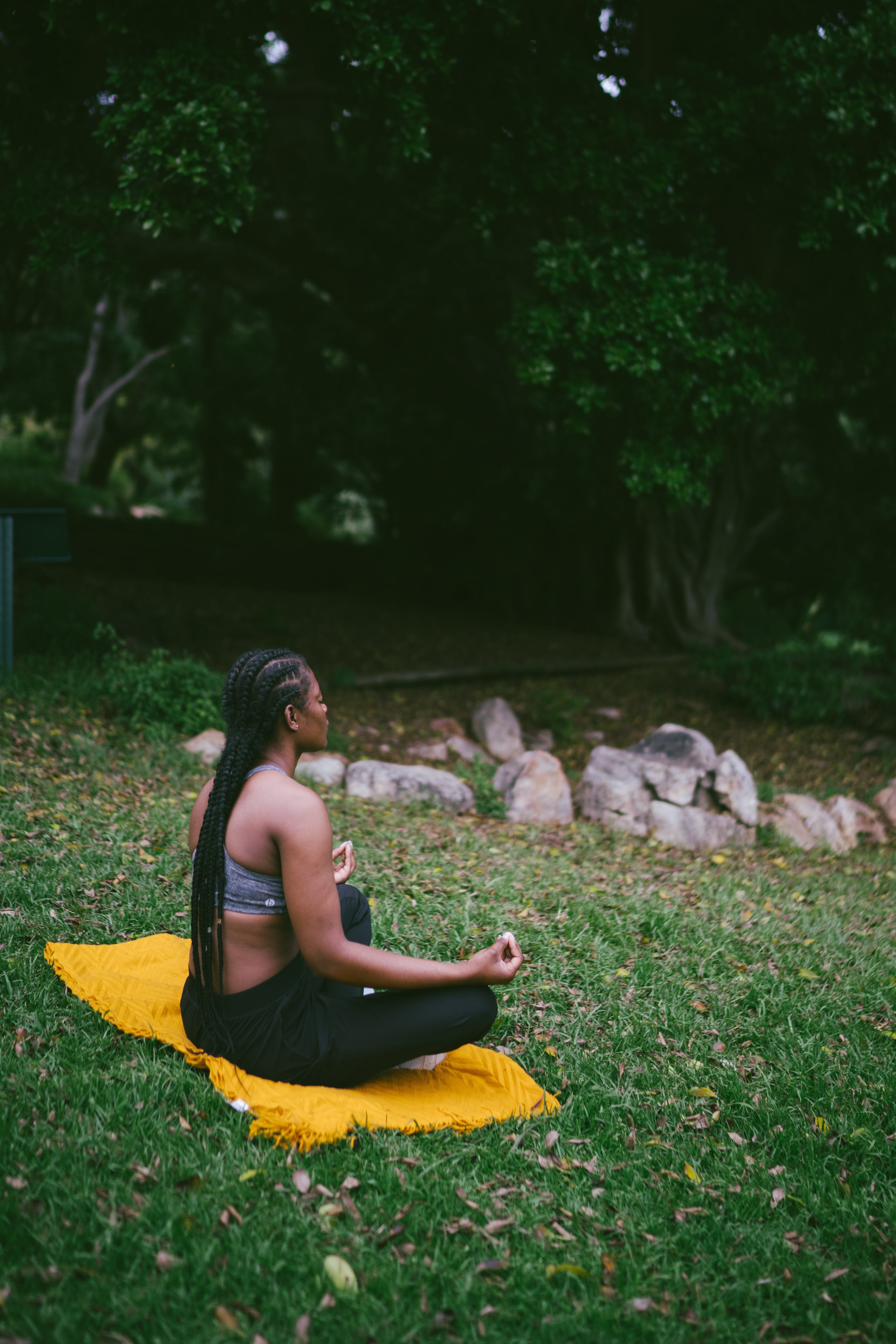The Radiance of Dandayamana-Bibhaktapada-Janushirasana
Harmony Unleashed: The Radiance of Dandayamana-Bibhaktapada-Janushirasana
Embarking on a yogic journey unveils a universe of poses, each offering unique benefits for the body, mind, and soul. Among these gems is the Dandayamana-Bibhaktapada-Janushirasana, a pose that combines balance, flexibility, and introspection. Join us as we delve into the elegance and significance of this intricate yoga posture.
Understanding the Pose:
Dandayamana-Bibhaktapada-Janushirasana, also known as Standing Separate Leg Head to Knee Pose, is a standing forward bend that challenges practitioners to find equilibrium while stretching one leg at a time. The Sanskrit name translates to "Danda" (standing), "Bibhakta" (separate), "Pada" (foot or leg), "Janu" (knee), and "Shirsha" (head), reflecting the pose's complexity.
1. Deep Stretch for the Hamstrings:
At its essence, this pose is a profound stretch for the hamstrings. By extending one leg forward while bending the other, you create an intense stretch along the back of the extended leg. Regular practice can lead to increased flexibility in the hamstrings, promoting a greater range of motion.
2. Engages Core Muscles:
The act of folding forward in Dandayamana-Bibhaktapada-Janushirasana requires a strong engagement of the core muscles. This not only contributes to the stability of the pose but also aids in building strength and tone in the abdominal region.
3. Improves Balance and Concentration:
Finding balance on one leg while extending the other challenges the practitioner's stability and concentration. As you hone your ability to maintain equilibrium, you cultivate a heightened sense of focus and presence, both on and off the mat.
4. Stimulates Digestive Organs:
The compression of the abdomen as you fold forward stimulates the digestive organs. This gentle massage can aid in digestion, alleviate bloating, and promote overall digestive health.
5. Strengthens Thigh Muscles:
Dandayamana-Bibhaktapada-Janushirasana requires the engagement of the quadriceps and thigh muscles in both legs. The isometric contraction involved in the pose contributes to the strength and toning of these muscle groups.
6. Enhances Flexibility in the Hips:
The pose involves a lateral movement that stretches and opens the hips. Over time, regular practice can lead to increased flexibility in the hip joints, which is particularly beneficial for individuals with tight hips.
7. Cultivates Patience and Mindfulness:
Mastering Dandayamana-Bibhaktapada-Janushirasana is a journey that requires patience and mindfulness. The process of gradually deepening into the pose encourages practitioners to listen to their bodies, fostering a deeper mind-body connection.
8. Promotes Relaxation:
Despite its physically demanding nature, Dandayamana-Bibhaktapada-Janushirasana can have a calming effect on the mind. The focus on breath and the meditative quality of the pose contribute to a sense of relaxation and release of tension.
Conclusion:
Dandayamana-Bibhaktapada-Janushirasana is a testament to the multifaceted nature of yoga. As you explore the nuances of this pose, may you find strength in the stretch, balance in the bend, and a profound connection to the inner self. Embrace the journey, relish the challenges, and let the radiance of Dandayamana-Bibhaktapada-Janushirasana illuminate your path to holistic well-being.


